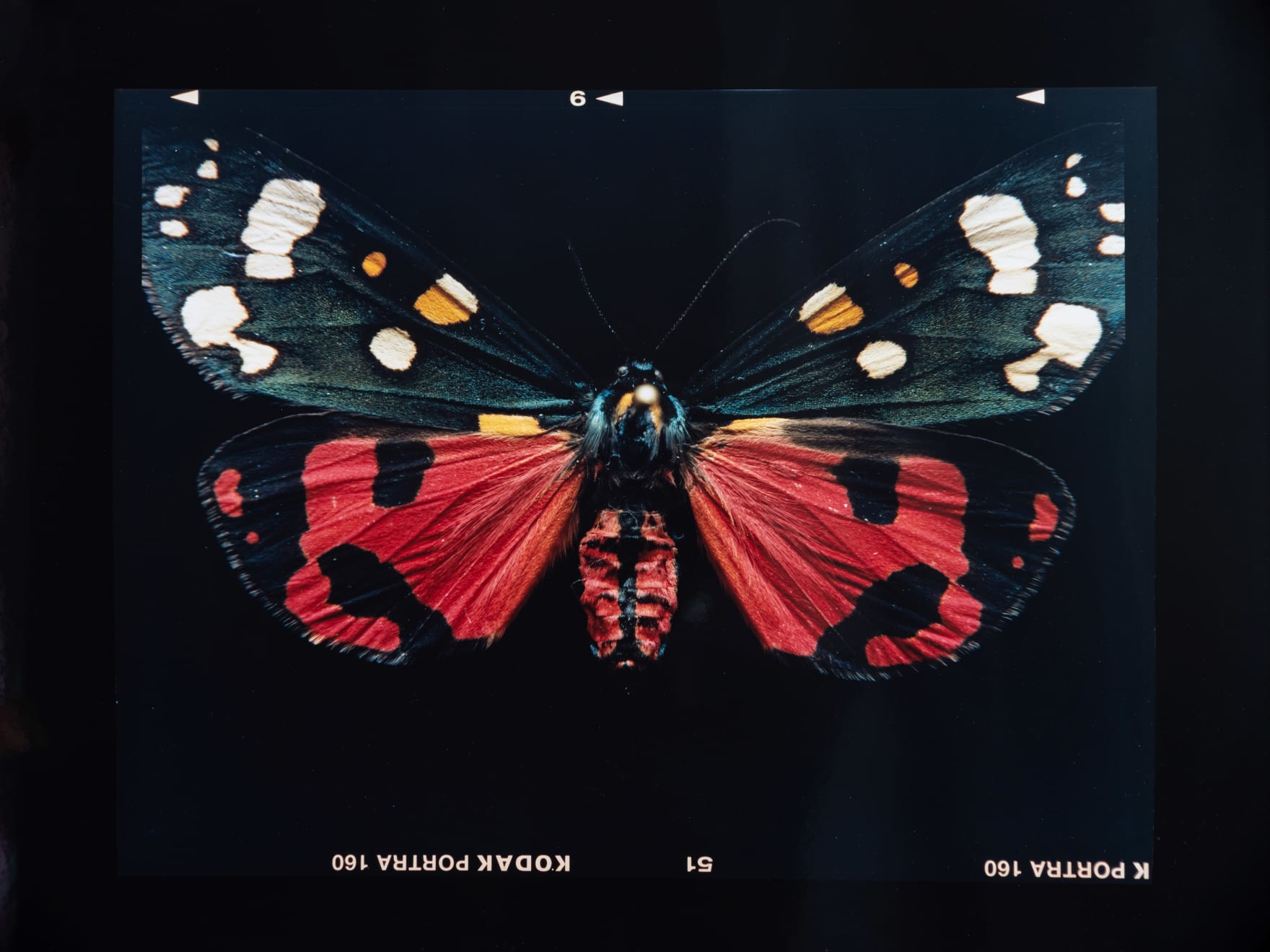Open a larger version of the following image in a popup:
 Photo by Laurynas Skeisgiela
Photo by Laurynas Skeisgiela
 Photo by Laurynas Skeisgiela
Photo by Laurynas Skeisgiela
Open a larger version of the following image in a popup:
 Photo by Laurynas Skeisgiela
Photo by Laurynas Skeisgiela
 Photo by Laurynas Skeisgiela
Photo by Laurynas Skeisgiela
Open a larger version of the following image in a popup:
 Photo by Laurynas Skeisgiela
Photo by Laurynas Skeisgiela
 Photo by Laurynas Skeisgiela
Photo by Laurynas Skeisgiela
Open a larger version of the following image in a popup:
 Photo by Laurynas Skeisgiela
Photo by Laurynas Skeisgiela
 Photo by Laurynas Skeisgiela
Photo by Laurynas Skeisgiela
Open a larger version of the following image in a popup:
 Photo by Laurynas Skeisgiela
Photo by Laurynas Skeisgiela
 Photo by Laurynas Skeisgiela
Photo by Laurynas Skeisgiela
Open a larger version of the following image in a popup:
 Photo by Laurynas Skeisgiela
Photo by Laurynas Skeisgiela
 Photo by Laurynas Skeisgiela
Photo by Laurynas Skeisgiela
Laurynas Skeisgiela Lithuanian, b. 1994
Liump! Nuodingos meškutės / Tiger Moths (Callimorpha Dominula), 2024
Chromogeninė spauda, rankomis atspausta iš spalvoto negatyvo ant Fuji Crystal Archive DP-II popieriaus / Chromogenic print, hand-printed from colour negative on a Fuji Crystal Archive DP-II paper
75 x 85 cm
Edition of 3 plus 2 artist's proofs
Further images
'I borrowed a collection of nocturnal moths from an entomologist – a few moths from the Tiger Moth family. Some of these genetically related nocturnal insects are poisonous, making the...
"I borrowed a collection of nocturnal moths from an entomologist – a few moths from the Tiger Moth family. Some of these genetically related nocturnal insects are poisonous, making the visual puzzle among them particularly rich." (L. S.)
Deception, enchantment, and misdirection are universal experiences, shared by both humans and various other organisms. The phenomenon of mimicry has led to the development of many patterns found in nature. By resembling other species or objects in their external appearance, organisms can significantly extend their chances of survival. Non-poisonous animals pretend to be poisonous; winged insects mimic the physiological features of wild mammals through their patterns; and tiger moths—a family of nocturnal moths—borrow the coats of zebras and wild cats, splash themselves with bright spots, or cloak themselves in the eyes of birds of prey.
Laurynas Skeisgiela’s 'Liump!' is an ongoing series of works that seeks to create situations for observing these ephemeral phenomena in both nature and culture.
Deception, enchantment, and misdirection are universal experiences, shared by both humans and various other organisms. The phenomenon of mimicry has led to the development of many patterns found in nature. By resembling other species or objects in their external appearance, organisms can significantly extend their chances of survival. Non-poisonous animals pretend to be poisonous; winged insects mimic the physiological features of wild mammals through their patterns; and tiger moths—a family of nocturnal moths—borrow the coats of zebras and wild cats, splash themselves with bright spots, or cloak themselves in the eyes of birds of prey.
Laurynas Skeisgiela’s 'Liump!' is an ongoing series of works that seeks to create situations for observing these ephemeral phenomena in both nature and culture.






